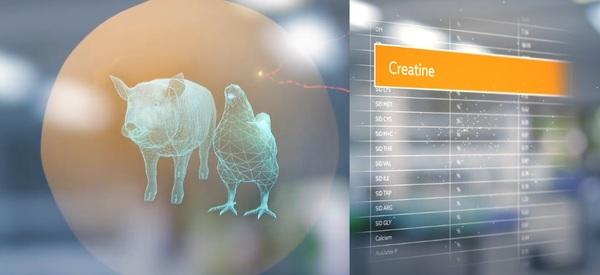As feed costs increase, what strategies are you using to offset the impact on profitability?

- Decrease the margin of safety in feed formulas. Most nutritionists have a margin of safety built into their feed formulas to account for things such as ingredient variability, variable housing conditions and management practices and health challenges. Are the risks involved with lowering the safety margin acceptable in order to lower overall feed costs?
- Reduce/eliminate the use of certain feed additives. Often times, feed formulas contain certain ingredients that while beneficial under some conditions may not be completely necessary. Would you remove them from some or all of your diets in order to reduce costs?
- Implement strategies to maximize production efficiency. Let us consider a feed additive you tested some months back that showed a reduction in FCR of 3 points. Based on the cost of the additive and the expected return on investment, the decision was made not to incorporate it into your diets. Is it time to revisit that decision considering the value of a 1 point improvement in FCR is different now than it was then? Remember as feed costs increase, the value of improvements FCR increase as well and increases in FCR become more costly.
- Reevaluate the ingredients you are currently using. As an example, standard feeding recommendations for Creamino® (guanidinoacetic acid) are to add it on top of broiler diets at a 0.06% inclusion rate. If we consider its arginine sparing effect and energy value, however, it is possible to include these values in your ingredient matrix allowing for a reduction in protein and energy supplying ingredients while still maintaining most of the benefits of Creamino® addition. Keep the ingredient but assign it a different value.

In the current raw material cost scenario a concept of feed efficiency is an interesting strategy. It is not only the cost of the feed formulae that matters but also how it will perform. The industry has a broad portfolio of additives focused on increasing bioavailability of fats, some aminoacids and proteins. Bioemulsifiers and aminoacids adjuvants can serve as interesting devices in this strategy.
Cost and performance of feed should be critically looked into in order to know which one really outweigh the other. I am saying this because when feed formula is offsetted because of price increase in raw materials the feed will end up losing its quality and performance.This poor feed performance will affect the farmer in question negatively.High feed performance does not much affect profitability and trying to offset it can be more dangerous in our poultry farming business.












